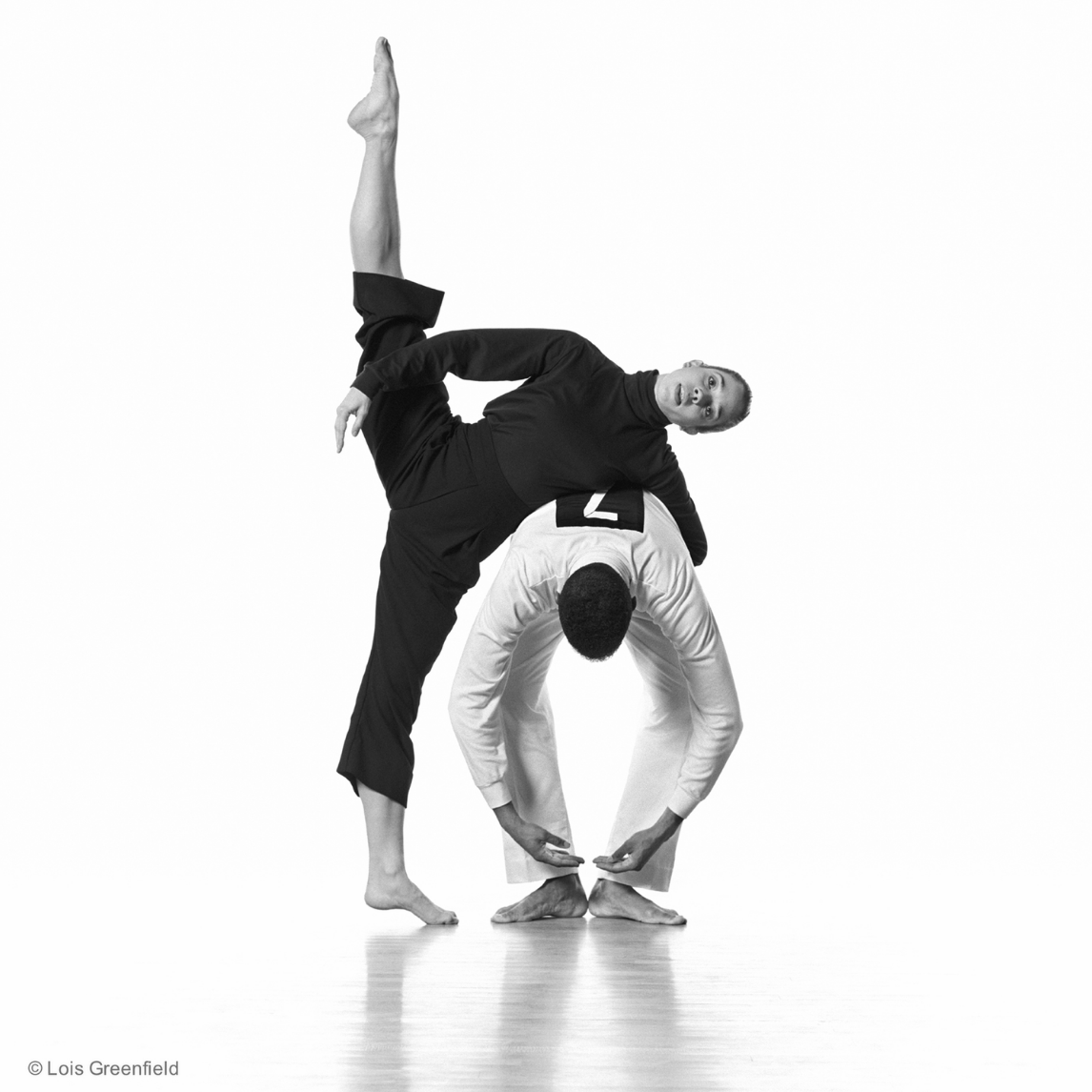A Visit to the Skincare Institute: Do We Have to Live a Brand to Think It?
Sir Oswald Birley (1880-1952), The Nurse (Margaret Elizabeth Barrett) 1921
'I am not what happened to me, I am what I choose to become.'
Carl Jung
Our Clients were planning to extend their male toiletries range into skincare. It seemed reasonable enough. Men the world over were becoming body-conscious and were adopting more sophisticated grooming regimes. They might finally be prepared to pay for smooth, soft, healthy skin.
In order to get the Agency team into the right frame of mind, it was arranged for us all, while on a trip to Germany, to visit the local Skincare Institute for a facial.
I confess I’m not the most tactile person. I’m not the first in the queue for an emotional embrace, a corporate cuddle or a muscular man-hug. Am I innately awkward? Did I miss out on physical affection when I was a child? Am I emotionally crippled? I don’t know. Suffice to say that, while I have enormous respect for saunas and spas, hot tubs and health clubs - they’re not my natural habitat.
Nonetheless, I put my reservations to one side and joined the small group climbing aboard the company minibus. It was all in a day’s work.
The Skincare Institute struck me as a rather forbidding place. All white walls, polished floors and framed photos of winter landscapes. It reeked of clinical excellence and joyless professionalism. We’d arrived as a group, but were soon separated. A tall fraulein with plaited hair and starched uniform called my name and led me to a studio full of glass cabinets, steel trolleys and fluffy towels. At its centre was a padded massage table at which she busied herself as if preparing for a medical operation.
I stood nervously awaiting instruction.
At length, she glanced over her shoulder and issued a businesslike command.
‘Now, take all of your clothes off.’
Somewhat taken aback, and concerned that something had been lost in translation, I made dramatic gesticulations around my face.
‘It’s only for my face. It’s just a facial.’
The fraulein was not impressed.
‘Ya, of course. It will help you relax.’
‘It won’t help me relax,’ I complained under my breath.
But I did what I was told and folded my clothes into neat piles on a nearby chair. She seemed the type of person who would brook no argument.
I lay face up on the cushioned massage table, with only a fluffy towel covering my dignity. The fraulein set about her business with grim concentration: pressing and patting my face and shoulders; rubbing and kneading my chin, cheeks and forehead; smearing and smoothing her fragrant unguents deep into my pores.
It was all very awkward. But I maintained a carefree grin to reassure her.
I suspect my masseuse was somewhat taken aback by my epidermal condition. As she reached for another handful of moisturiser from a capacious tub at her side, she exclaimed:
‘Your skin is drinking my products!’
Eventually the procedure reached its conclusion. I sprung to my feet, hurriedly pulled on my clothes and scampered for the exit.
‘Excellent. Thank you. Thoroughly relaxing. Really enjoyable. Must do that again some time.’
It certainly helps a Planner to taste and see a brand, to feel and touch a product in the market, on the shelf, in situ; to experience a service as a consumer would.
And yet I don’t subscribe to total immersion – to the belief that one should demonstrate passion for a product in order to justify working on it. I’ve never felt I need to live a brand in order to think it.
I’m no car enthusiast, but I’ve given good advice on cars. I’m no fashion expert, but I’ve helped create fashion advertising. I’m not the world’s biggest fast food fan, but I have an opinion about fried chicken.
Come to think of it, if I were only to work on brands that are genuinely integral to my life, I’d be restricted to the likes of Bic biros, Tunnock’s biscuits and Guinness stout. A slim portfolio.
We never did get round to launching the mass-market male moisturiser. I guess the numbers didn’t quite stack up. A shame really, as I always thought the fraulein’s words would have worked rather well in an advertising campaign:
‘Your skin is drinking my products!’
'Hold me, baby, drive me crazy.
Touch me, all night long.
Make me love you, kiss and hug you.
Touch me, all night long.’
Fonda Rae, ‘Tuch Me (All Night Long)’ (G Carmichael, P Adams)
No. 329































